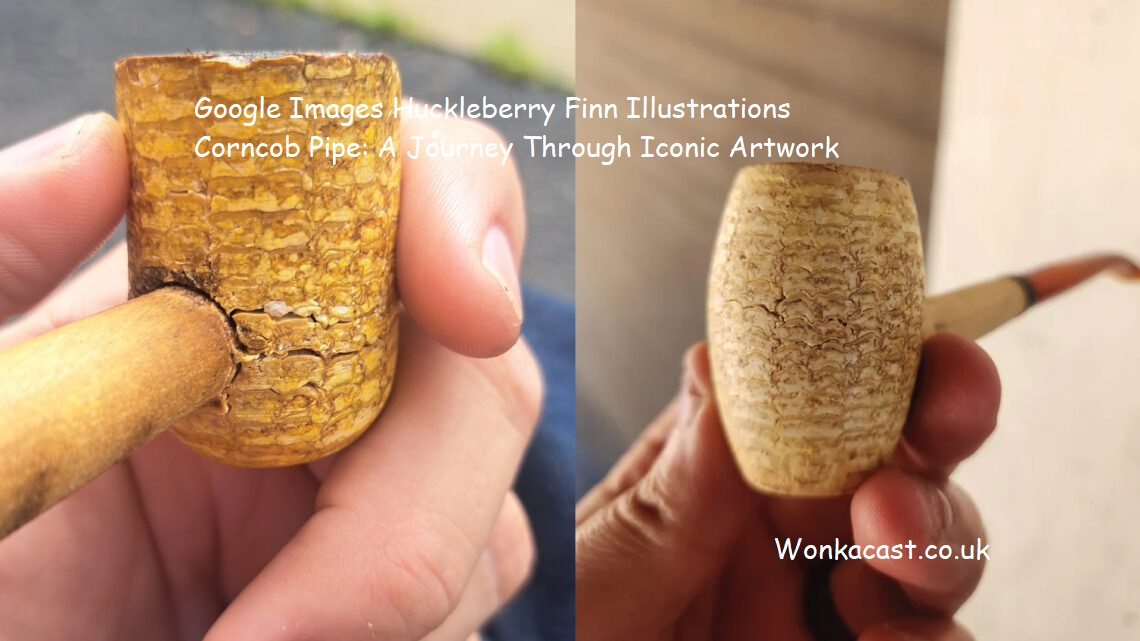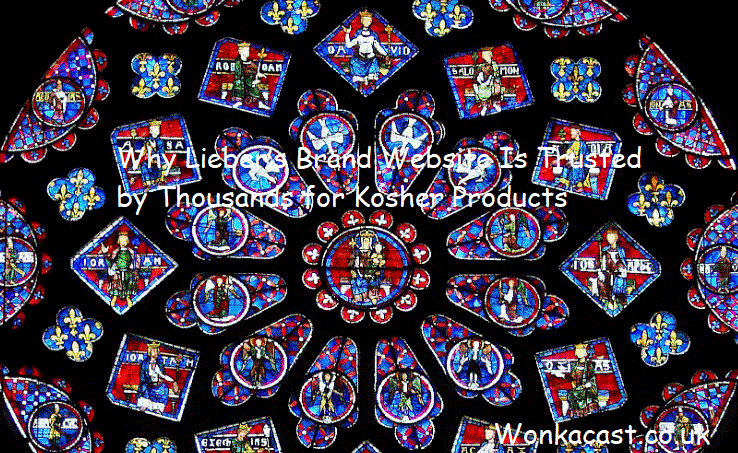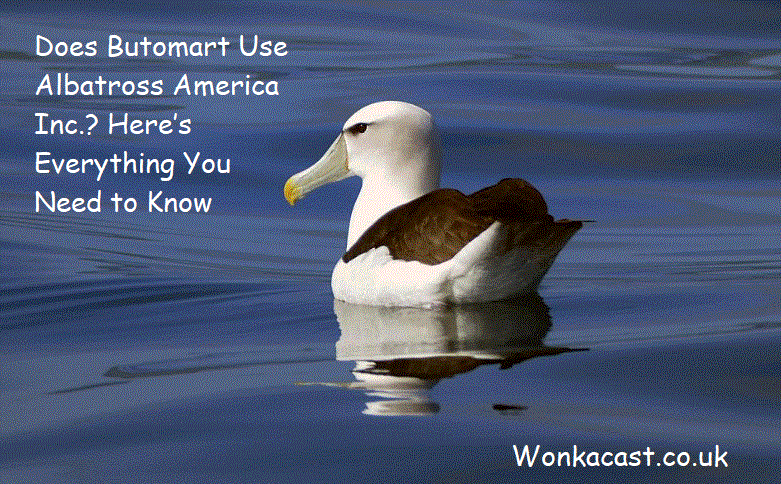When it comes to classic American literature, few titles resonate as deeply as Mark Twain’s “Adventures of Huckleberry Finn.” This seminal work not only captured the essence of life along the Mississippi River but also became a cultural touchstone, influencing countless readers and artists alike. One of the most distinctive symbols associated with Huck Finn is the corncob pipe, often depicted in illustrations and artwork. In this blog, we will explore the significance of these illustrations, particularly those found on Google Images, focusing on the iconic representations of Huckleberry Finn and his beloved corncob pipe. By the end of this piece, you’ll gain a deeper appreciation for the artistry surrounding this classic tale.
The Cultural Context of Huckleberry Finn
Before delving into the illustrations, it’s essential to understand the cultural and historical context of “Adventures of Huckleberry Finn.” Published in 1884, the novel is set in the pre-Civil War South and follows the journey of a young boy, Huckleberry Finn, who escapes his abusive father and embarks on a river adventure with Jim, a runaway slave. The narrative explores themes of friendship, freedom, and the moral dilemmas of society.
Huck Finn’s character, often depicted with a corncob pipe, symbolizes the carefree spirit of childhood and the desire for independence. This imagery has captivated illustrators for generations, leading to a wealth of artistic interpretations.
The Iconic Corncob Pipe in Huckleberry Finn Illustrations
The corncob pipe has become an emblematic accessory for Huck Finn, representing his rugged individuality and connection to nature. Illustrations showcasing Huck with a corncob pipe convey a sense of authenticity and simplicity, aligning with Twain’s portrayal of a young boy navigating a complex world.
1. Symbolism of the Corncob Pipe
The corncob pipe signifies more than just a smoking device; it represents Huck’s humble beginnings and his ties to rural America. The use of this specific type of pipe reflects the economic realities of the time—corncob pipes were inexpensive and accessible to those living in poverty. Through this symbol, Twain captures the essence of Huck’s character and the broader social context of the American South.
2. Illustrations that Bring Huck to Life
Google Images serves as a treasure trove of Huckleberry Finn illustrations featuring the corncob pipe. From early illustrations by Edward A. Wilson to contemporary interpretations, these images breathe life into Twain’s words. Each artist brings their unique style and perspective, resulting in a diverse array of depictions that resonate with different audiences.
- Edward A. Wilson’s Illustrations: The original illustrations for the book by Edward A. Wilson are often celebrated for their detail and expression. His portrayal of Huck, pipe in hand, captures the adventurous spirit of the character. The imagery evokes a sense of nostalgia and authenticity that continues to resonate with readers today.
- Modern Illustrations: Contemporary artists also contribute to the legacy of Huckleberry Finn through their interpretations. These modern illustrations often infuse new life into the story while maintaining the core elements that define Huck’s character. From watercolor to digital art, the variety of styles available on Google Images showcases the enduring appeal of Huck Finn’s journey.
How to Search for Huckleberry Finn Illustrations on Google Images
For those interested in exploring these illustrations, using Google Images can be an enlightening experience. Here are some tips for finding the best Huckleberry Finn illustrations featuring the corncob pipe:
- Use Specific Keywords: When searching, try using specific phrases like “Huckleberry Finn corncob pipe illustrations.” This will help you narrow down the results to find images that specifically focus on this iconic symbol.
- Explore Different Styles: Don’t limit yourself to one style of illustration. Google Images will showcase a variety of artistic interpretations. Look for both classic and contemporary depictions to appreciate the evolution of Huck’s imagery over time.
- Check Usage Rights: If you plan to use any images for personal or educational purposes, make sure to check the usage rights associated with each illustration. Google Images allows you to filter results based on licensing options.
- Create a Mood Board: As you gather images, consider creating a digital mood board. This can help you visualize the different styles and representations of Huck Finn and his corncob pipe, allowing you to see the range of artistic expression surrounding the character.
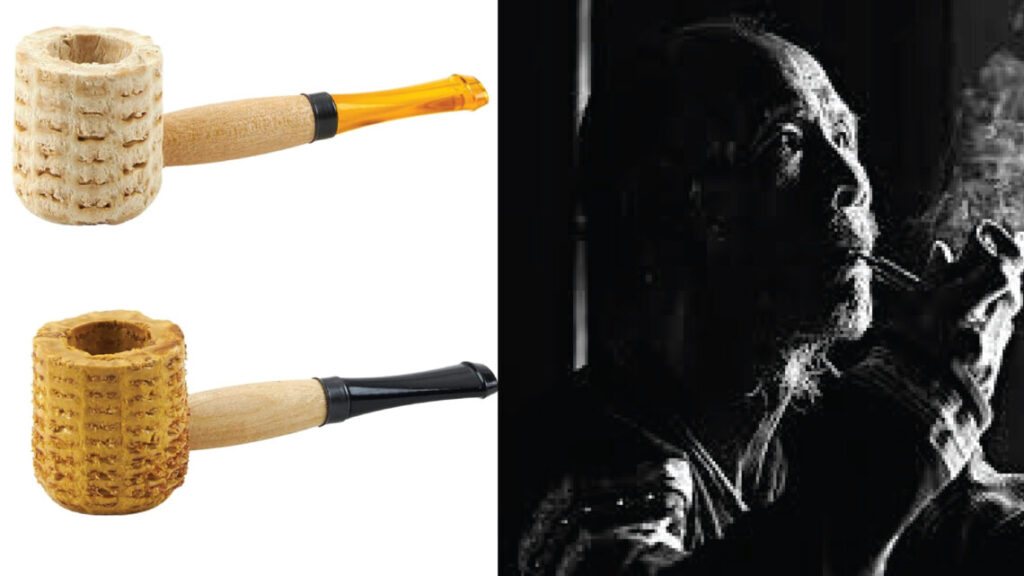
wonkacast.co.uk
The Influence of Huckleberry Finn on Art and Culture
The impact of Huckleberry Finn extends beyond literature; it has influenced artists, musicians, and filmmakers throughout the years. The novel’s themes and characters resonate deeply, inspiring creative works that capture the spirit of Huck’s journey.
1. Artistic Adaptations
Numerous artists have drawn inspiration from Huck Finn’s character, leading to adaptations in various art forms. Some well-known adaptations include:
- Film: The story has been adapted into numerous films, each interpreting Huck’s adventures in unique ways. From animated versions to live-action adaptations, filmmakers have sought to bring Huck’s world to life on the big screen.
- Visual Art: Many artists have created paintings and sculptures inspired by the story, often incorporating elements like the corncob pipe. These works celebrate the themes of friendship and freedom central to Huck’s journey.
- Illustration and Comics: Comic book adaptations of Huck Finn have also emerged, allowing new generations to engage with the story in a format that resonates with modern audiences.
2. Literary Influence
Mark Twain’s “Adventures of Huckleberry Finn” has left an indelible mark on American literature. Its innovative narrative style and social commentary have paved the way for countless authors. The novel is frequently studied in schools, and its themes continue to spark discussions about race, identity, and morality.
The Role of Nature in Huckleberry Finn Illustrations
Nature plays a significant role in the illustrations of Huckleberry Finn, often depicted as both a backdrop and a character in its own right. The lush landscapes of the Mississippi River provide a sense of freedom and adventure that complements Huck’s journey. Artists capture the beauty of the river, forests, and skies, reflecting Huck’s connection to the natural world. The illustrations often show Huck lounging by the river, pipe in hand, embodying a carefree spirit. This emphasis on nature not only enhances the visual appeal but also reinforces the novel’s themes of exploration and the inherent goodness of the natural environment.
Huckleberry Finn’s Impact on Modern Graphic Novels
The influence of Huckleberry Finn extends into the realm of graphic novels, where modern illustrators draw inspiration from Twain’s characters and themes. Many graphic adaptations reinterpret Huck’s adventures, allowing new audiences to engage with the story in a visual format. These adaptations often feature dynamic artwork that brings Huck’s world to life, with vibrant colors and expressive characters. The corncob pipe remains a visual motif, symbolizing Huck’s simplicity and authenticity. By transforming Twain’s narrative into graphic novels, artists continue to breathe new life into the story, showcasing its relevance and appeal to contemporary readers, particularly younger generations.
The Educational Value of Huckleberry Finn Illustrations
Huckleberry Finn illustrations, particularly those featuring the corncob pipe, offer significant educational value for students and readers alike. These images serve as visual aids that help readers better understand the context and characters of the story. Teachers can use illustrations to facilitate discussions about themes, character development, and historical settings. Additionally, analyzing various artistic interpretations allows students to engage critically with the text and appreciate different perspectives. The vivid imagery can also inspire creative projects, encouraging students to create their own illustrations or adaptations of Huck’s adventures, deepening their understanding of literature through artistic expression.
Cultural Representations in Huckleberry Finn Illustrations
The illustrations of Huckleberry Finn reflect a diverse range of cultural representations, providing insights into the societal norms and values of Twain’s time. Many artists have sought to highlight the complexities of race, identity, and social class as portrayed in the novel. The corncob pipe, while often seen as a symbol of Huck’s simplicity, can also serve as a lens through which to examine broader cultural issues. Illustrators have depicted interactions between Huck and Jim, showcasing the themes of friendship and humanity amidst the racial tensions of the era. This cultural exploration within the illustrations enriches the narrative, inviting critical conversations about race and morality in literature.
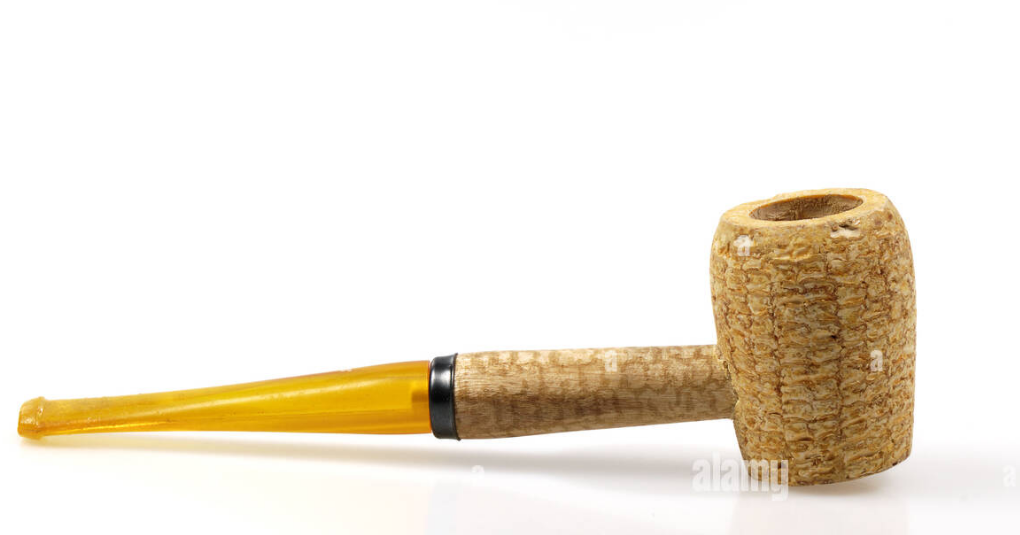
wonkacast.co.uk
Conclusion: Celebrating Google Images Huckleberry Finn Illustrations Corncob Pipe
The exploration of Google Images Huckleberry Finn Illustrations Corncob Pipe reveals the profound impact of Twain’s work on art and culture. The corncob pipe serves as a powerful symbol of Huck Finn’s character and the themes of freedom and individuality that permeate the narrative. Through illustrations, both historical and contemporary, we can appreciate the diverse interpretations of Huck’s journey and the artistic expressions inspired by it.
As you browse through the wealth of illustrations available on Google Images, take a moment to reflect on the significance of Huckleberry Finn in American literature and art. The corncob pipe, as a beloved emblem of Huck’s spirit, invites us to celebrate the adventures, friendships, and moral dilemmas that define our own journeys. In doing so, we honor the legacy of Mark Twain and the enduring relevance of Huck Finn in today’s world.
FAQs
1. What is the significance of the corncob pipe in Huckleberry Finn illustrations?
Answer: The corncob pipe symbolizes Huck Finn’s rustic individuality, simplicity, and connection to nature. It represents his carefree spirit and aligns with the themes of freedom and childhood that pervade the novel.
2. Where can I find illustrations of Huckleberry Finn with a corncob pipe?
Answer: You can find a variety of illustrations of Huckleberry Finn with a corncob pipe on platforms like Google Images. Simply search for “Huckleberry Finn corncob pipe illustrations” to explore different artistic interpretations.
3. How have modern artists interpreted Huckleberry Finn’s character?
Answer: Modern artists have created diverse interpretations of Huckleberry Finn, often incorporating contemporary styles and themes. These adaptations retain core elements of Huck’s character while infusing new perspectives that resonate with today’s audiences.
4. Why are Huckleberry Finn illustrations important in literature education?
Answer: Illustrations enhance the understanding of Huckleberry Finn by providing visual context. They can facilitate discussions about themes, characters, and historical settings, making the story more accessible and engaging for students.
5. How does nature play a role in Huckleberry Finn illustrations?
Answer: Nature is often depicted as a vital backdrop in Huckleberry Finn illustrations. The Mississippi River and surrounding landscapes symbolize freedom and adventure, reflecting Huck’s connection to the natural world and the novel’s themes of exploration.

